

1957 Photos
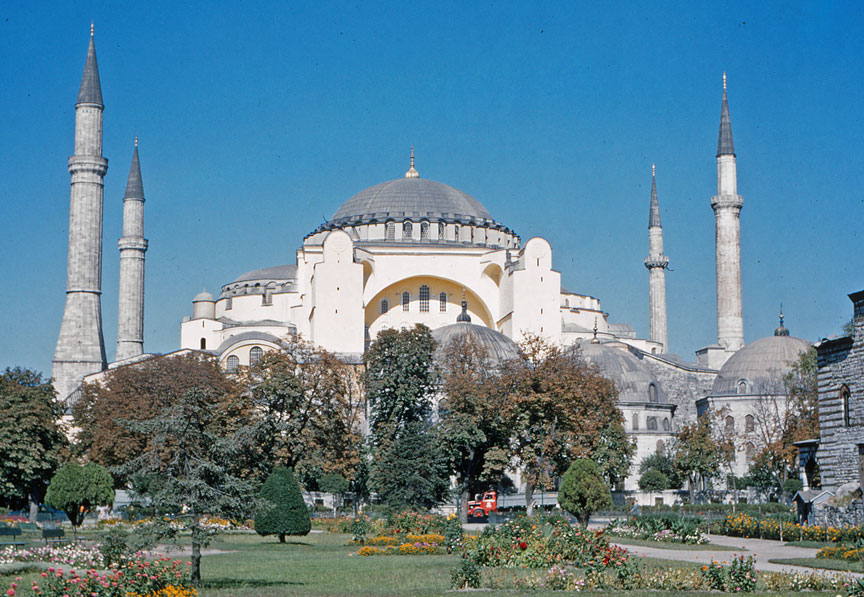
Originally a church, later a mosque, and now a museum, the 6th century Hagia Sophia built by Justinian was the largest ever cathedral building in the world for a thousand years, until the completion of the Seville Cathedral in Spain.

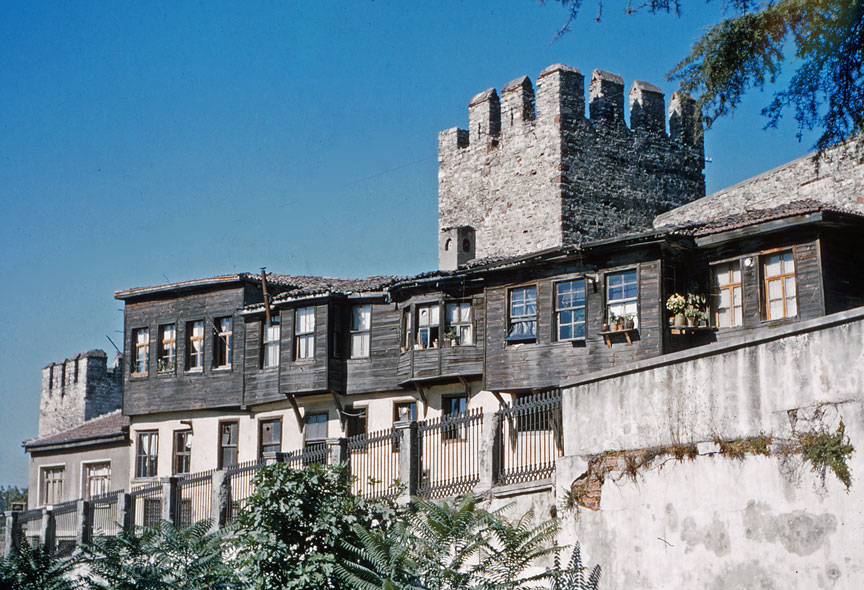
Byzantium city wall
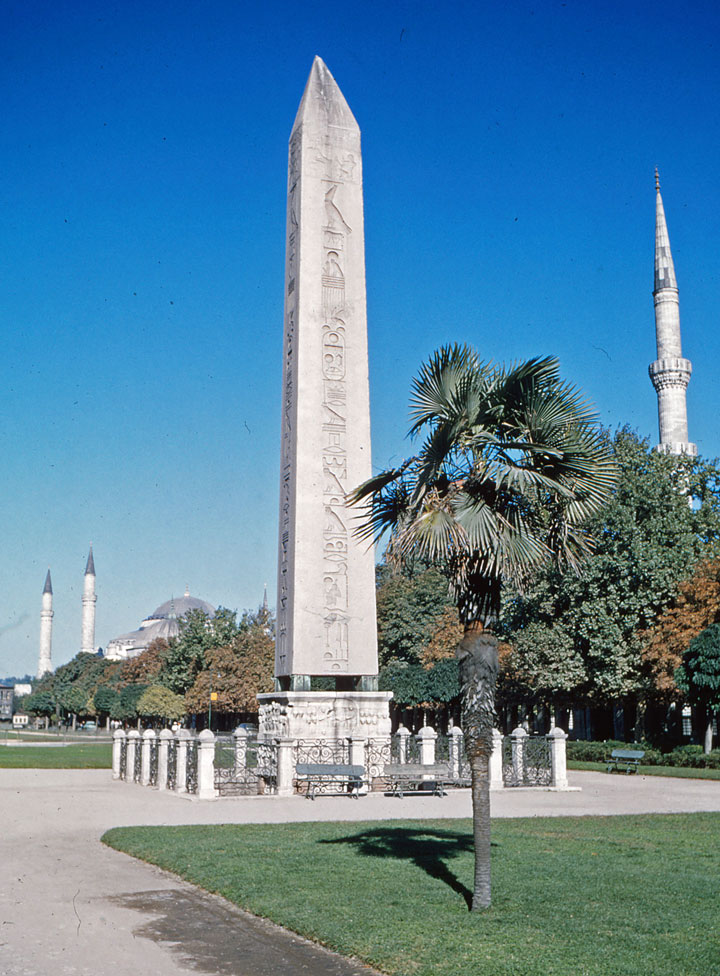
Obelisk on the old Hippodrome of Constantinople
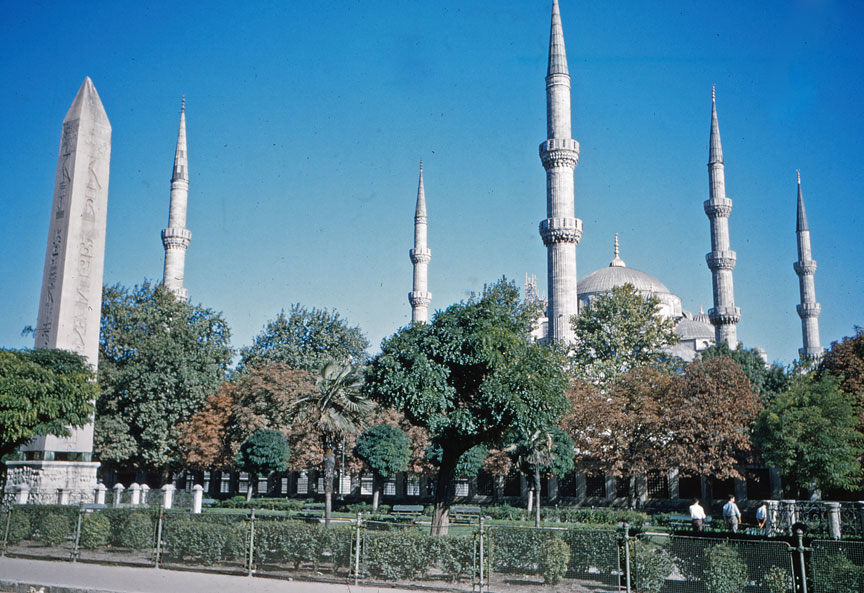
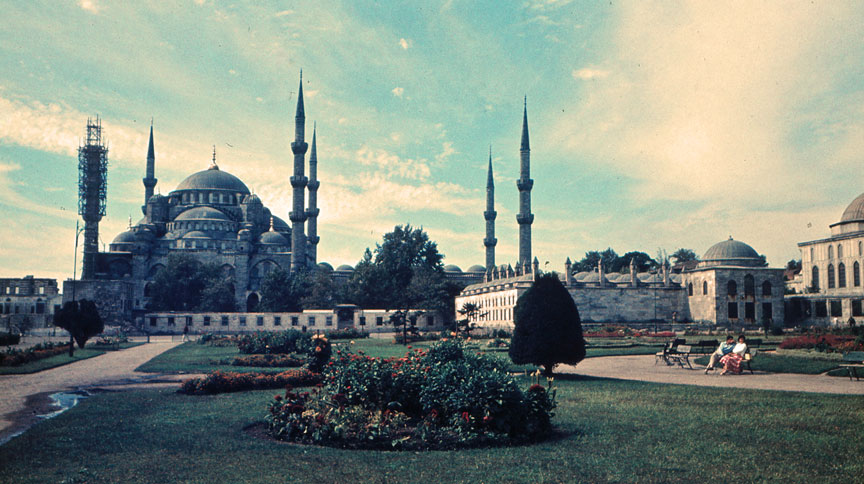
The Sultan Ahmed Mosque.
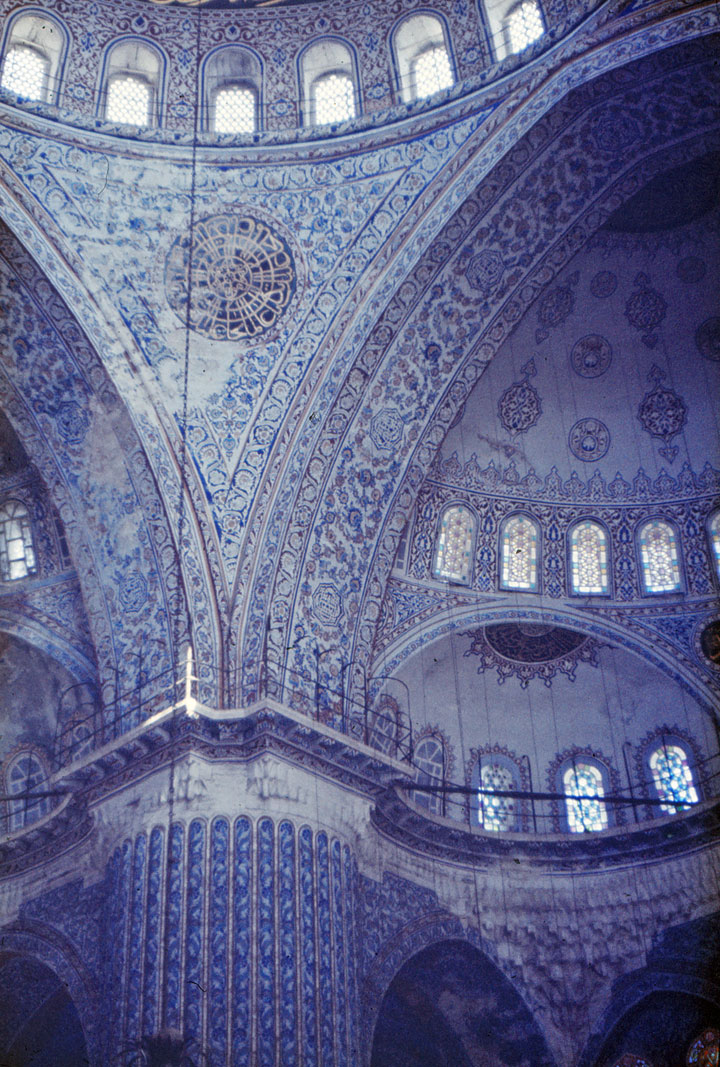
It was built between 1609 and 1616, during the rule of Ahmed I. Like many other
mosques, it also comprises a tomb of the founder, a madrasah and a hospice.
While still used as a mosque, the Sultan Ahmed Mosque has also become a popular
tourist attraction.
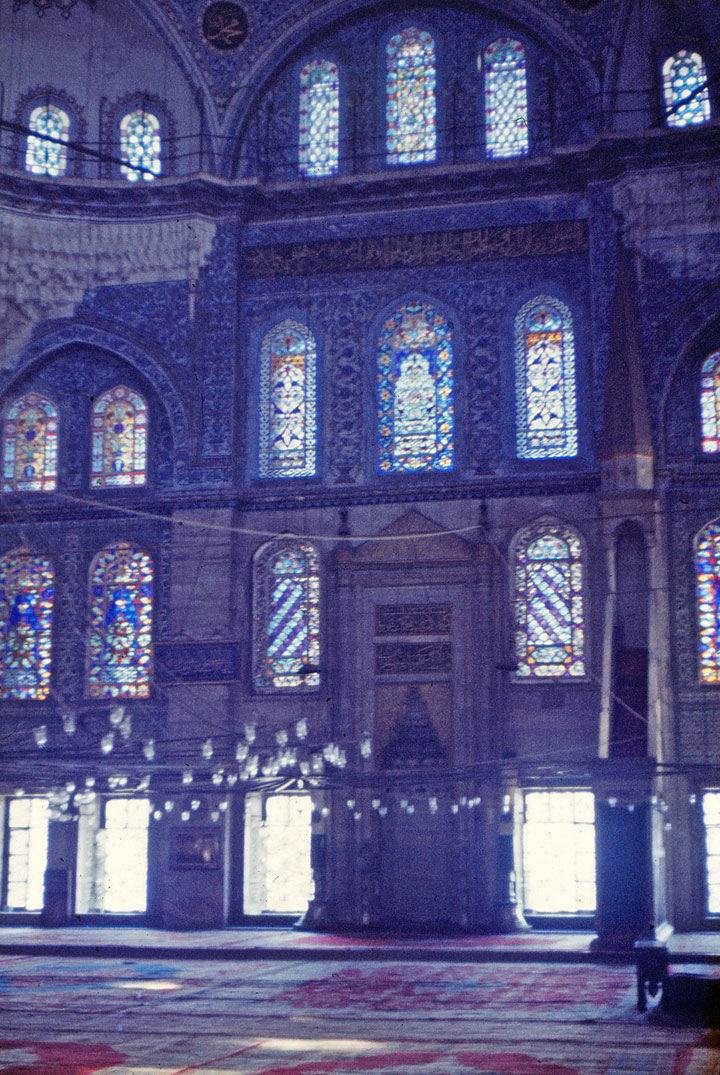
After the Peace of Zsitvatorok and the unfavorable result of the wars with
Persia, Sultan Ahmed I decided to build a large mosque in Istanbul to placate
Allah. This would be the first imperial mosque to be built in more than forty
years. Whereas his predecessors had paid for their mosques with their war booty,
Sultan Ahmed I had to withdraw the funds from the treasury, because he had not
won any notable victories. This provoked the anger of the ulema, the Muslim
legal scholars.s.
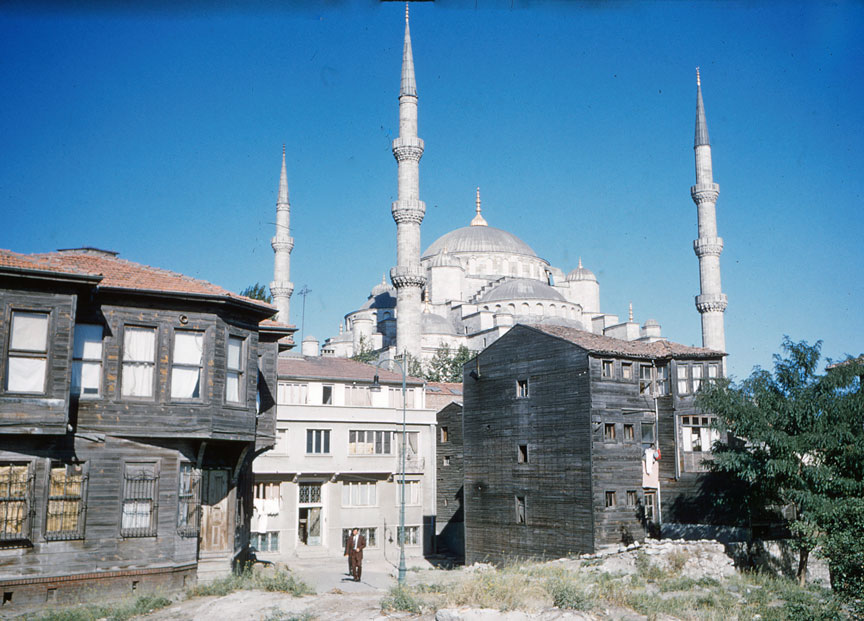
The mosque was to be built on the site of the palace of the Byzantine emperors,
facing the Hagia Sophia (at that time the most venerated mosque in Istanbul) and
the hippodrome, a site of great symbolic significance. Large parts of the
southern side of the mosque rest on the foundation and vaults of the Great
Palace. Several palaces had already built there, most notably the palace of
Sokollu Mehmet Paşa, so these first had to be bought at a considerable cost and
pulled down. Large parts of the Sphendone (curved tribune with U-shaped
structure of the hippodrome) were also removed to make room for the new mosque.
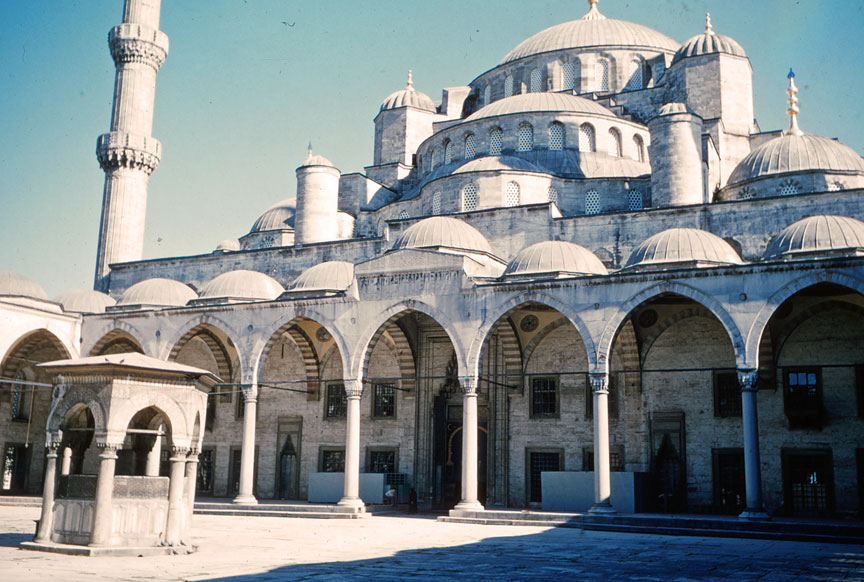
Construction of the mosque started in August 1609 when the sultan himself came
to break the first sod. It was his intention that this would become the first
mosque of his empire. He appointed his royal architect Sedefhar Mehmet Ağa, a
pupil and senior assistant of the famous architect Mimar Sinan to be in charge
of the construction. The organization of the work was described in meticulous
detail in eight volumes, now found in the library of the Topkapı Palace. The
opening ceremonies were held in 1617 (although the inscription on the gate of
the mosque says 1616). The sultan could now pray in the royal box (hünkâr mahfil).
The building was not yet finished in this last year of his reign, as the last
accounts were signed by his successor Mustafa I. Known as the Blue Mosque,
Sultan Ahmed Mosque is one of the most impressive monuments in the world.
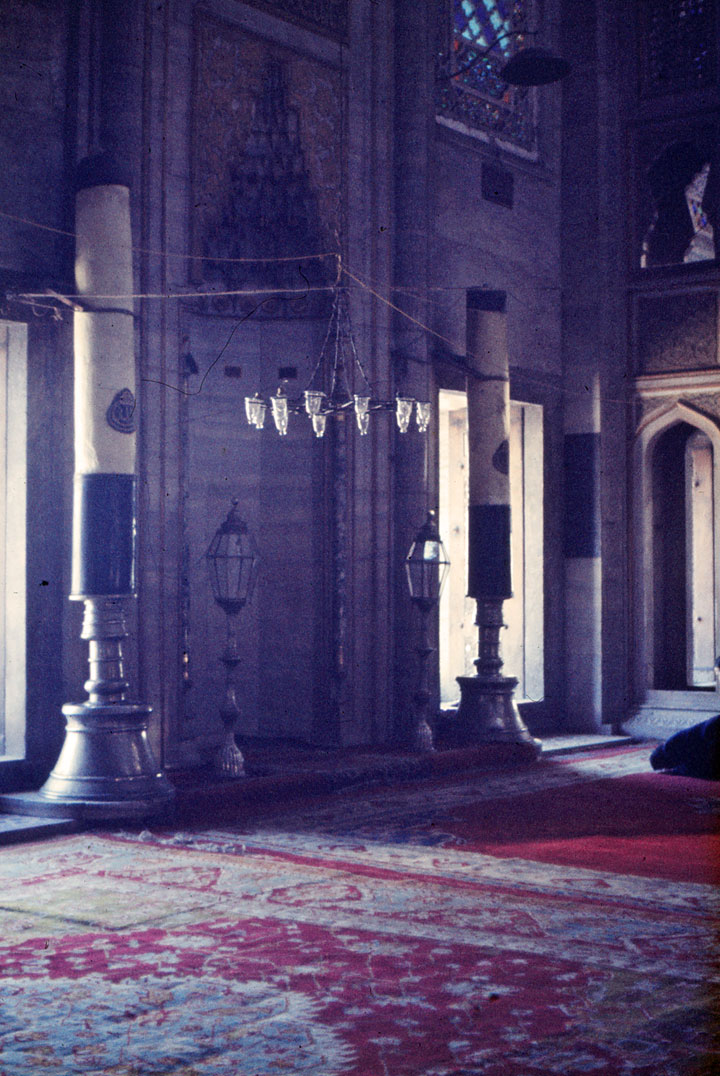
The mosque was depicted on the reverse of the Turkish 500 lira banknotes of 1953-1976.
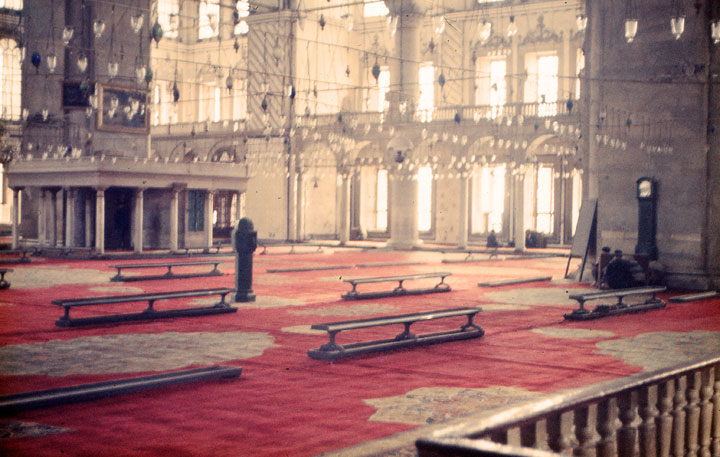


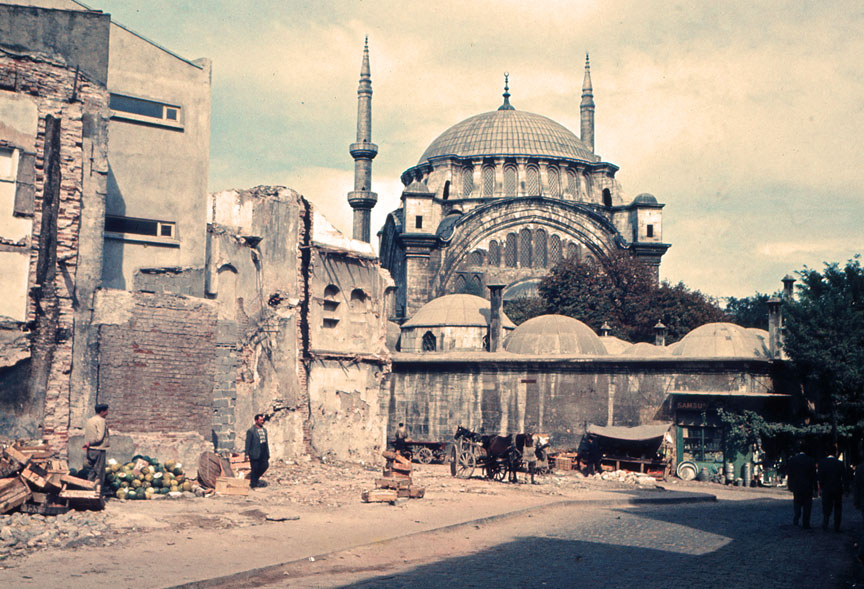
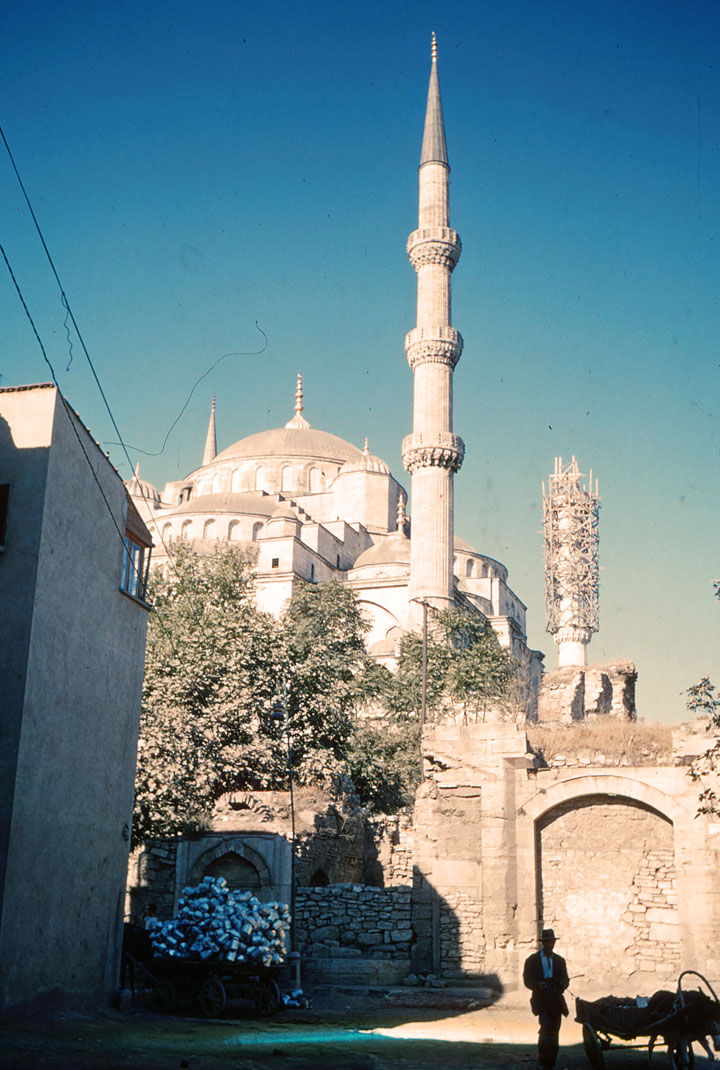
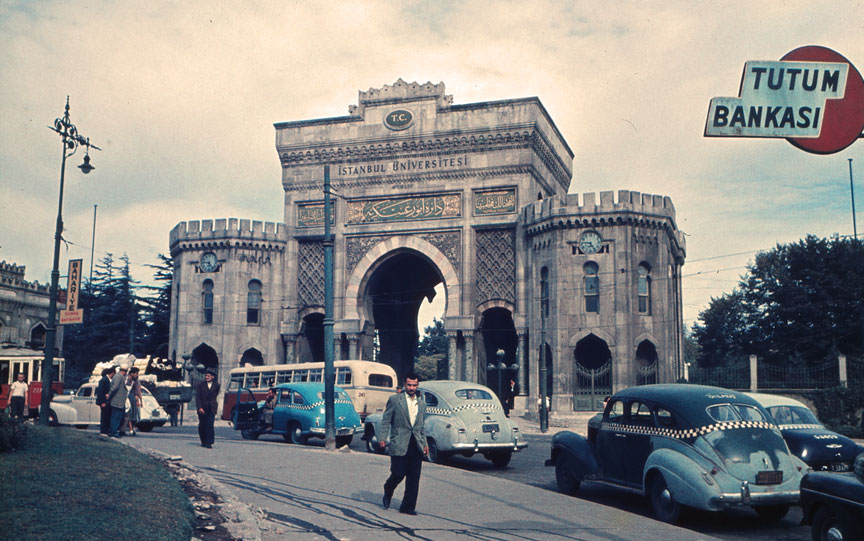
Main entrance gate of Istanbul
University on Beyazıt Square,
which was known as the Forum Tauri in the Roman period. Beyazıt Tower, located
within the campus, is seen in the background.

washing before prayers
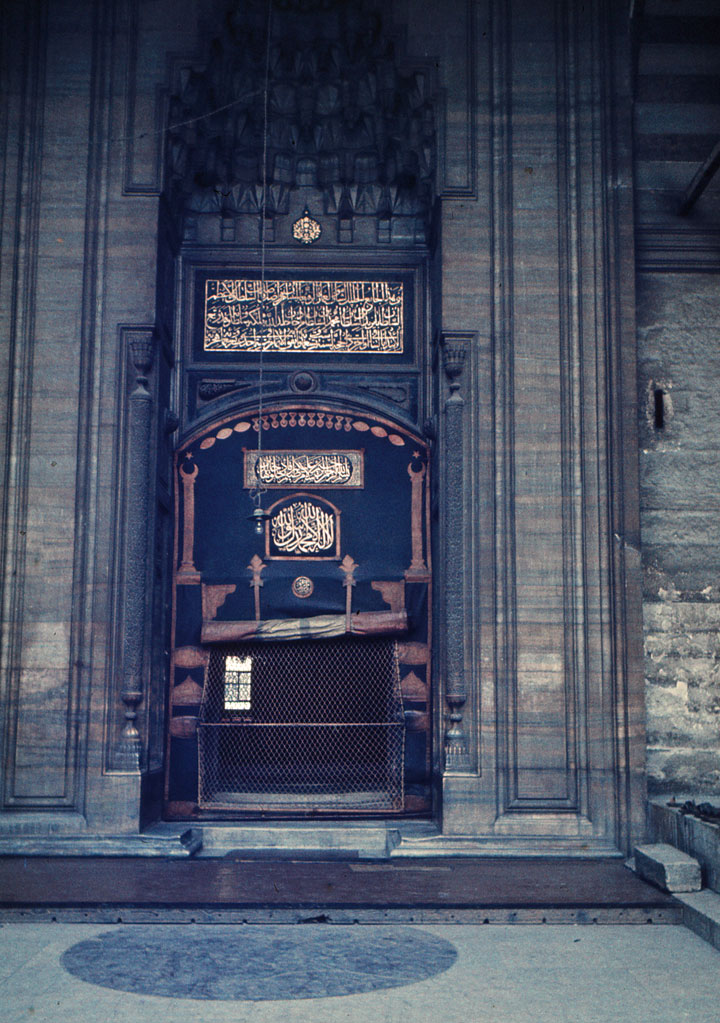
leather and netting over the mosque
entrance
to prevent the entrance of birds
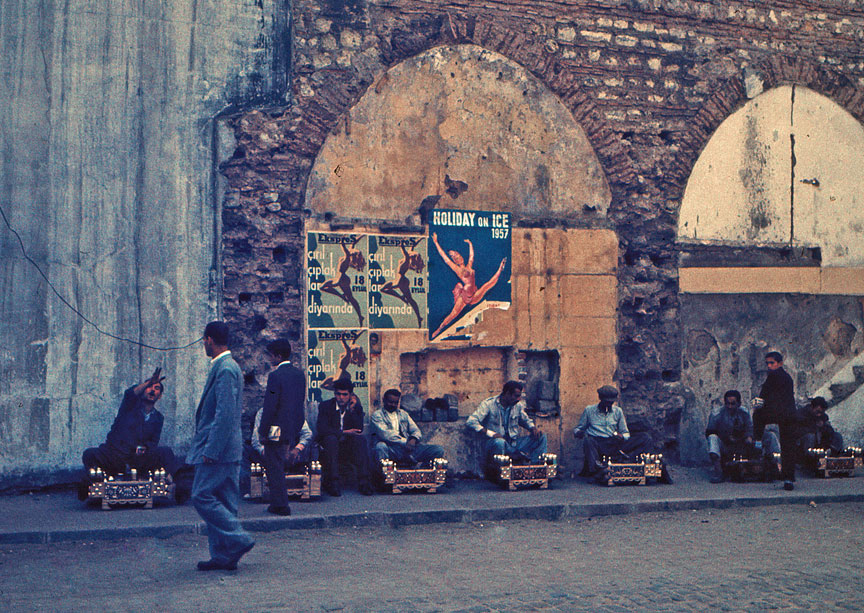
shoe shiners
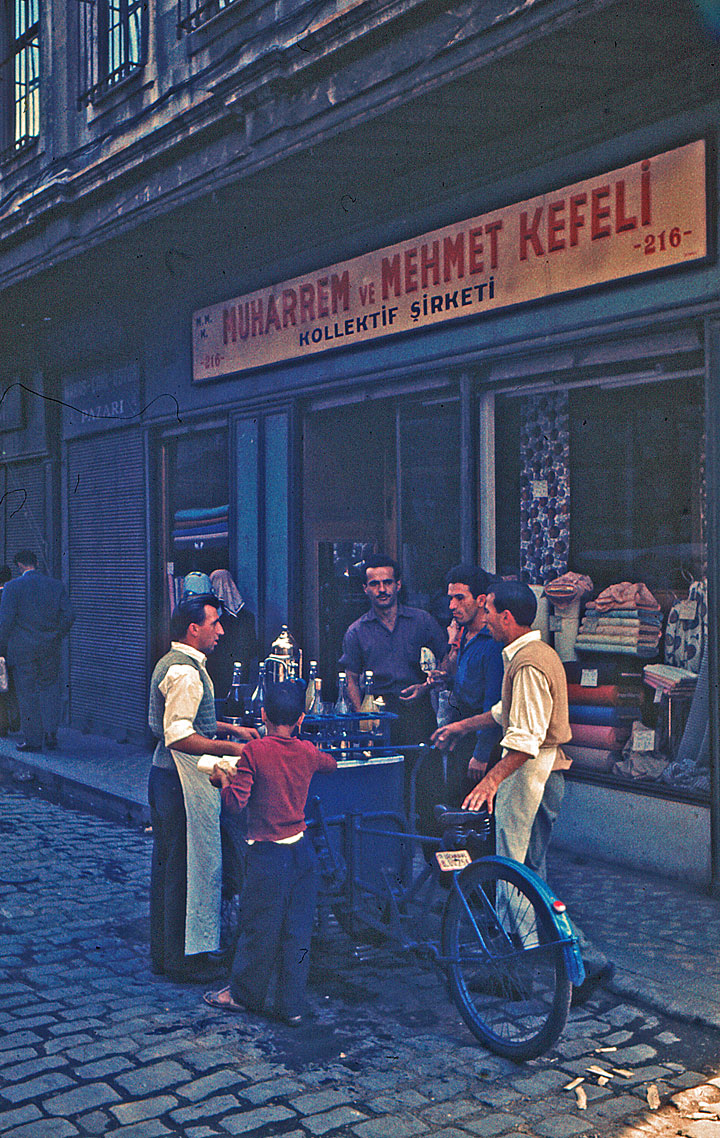
liquid refreshment
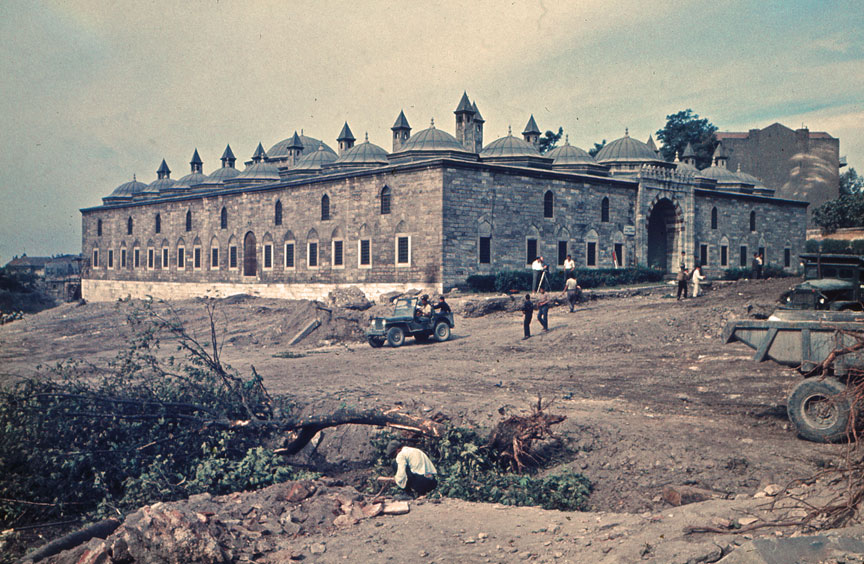
Ottoman style architecture
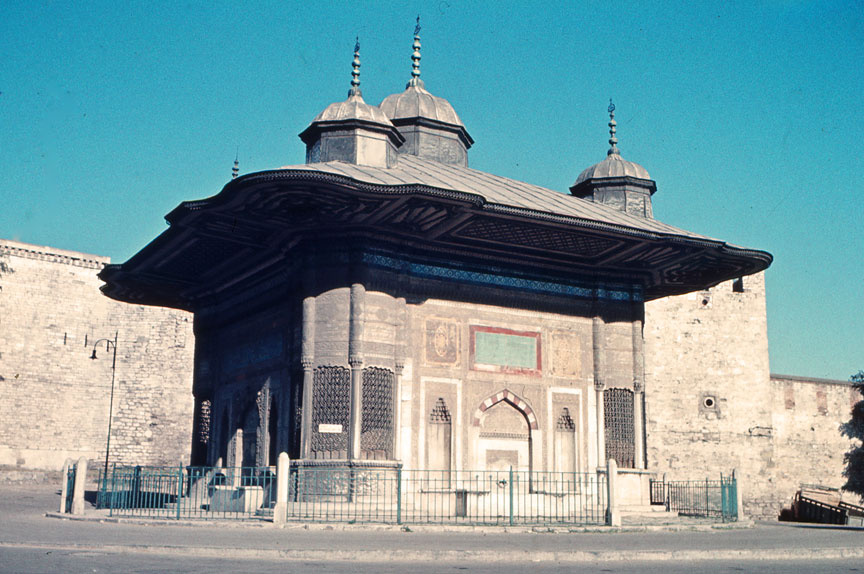
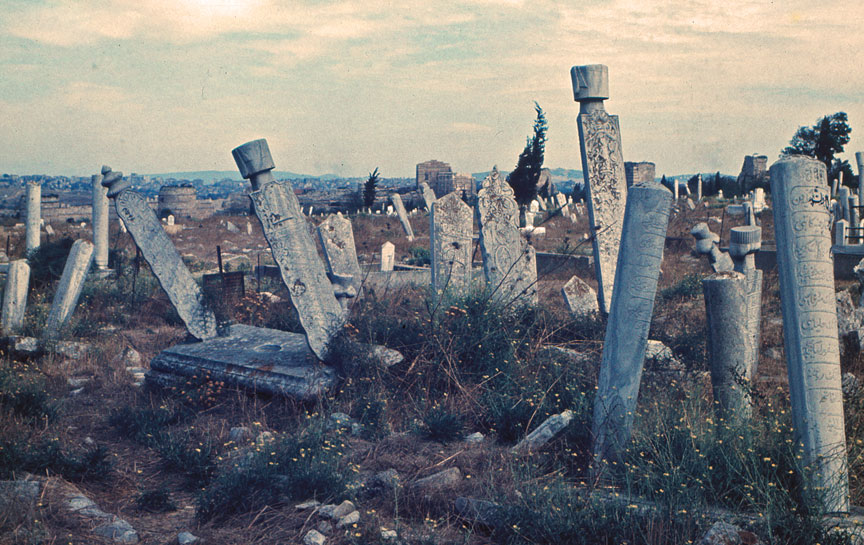
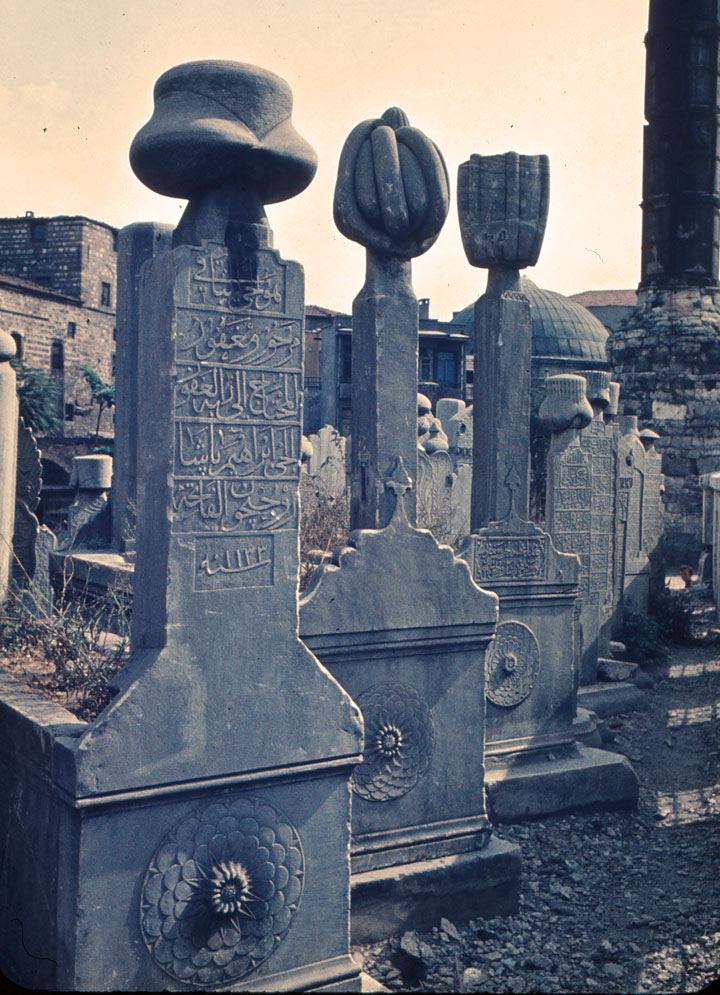
Ottoman graves
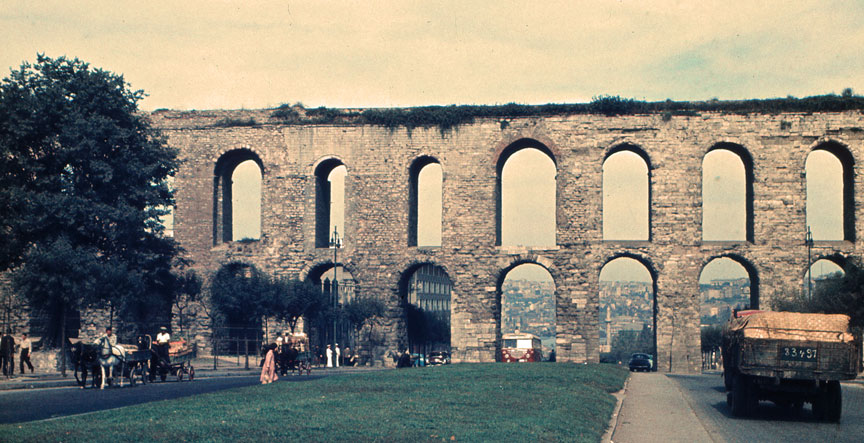
Valens Aqueduct
The Valens Aqueduct (Turkish:
Bozdoğan Kemeri, meaning "Aqueduct of the grey falcon"; Greek: Άγωγός του ὔδατος,
Agōgós tou hıdatos, meaning simply "aqueduct") was the major water-providing
system of medieval Constantinople (modern Istanbul, in Turkey). Restored by
several Ottoman Sultans, it is one of the most important landmarks of the city.
The aqueduct stands in Istanbul, in the quarter of Fatih, and spans the valley
between the hills occupied today by the Istanbul University and the Fatih
Mosque. The surviving section is 921 meters long, about 50 meters less than the
original length. The Atatürk Bulvarı boulevard passes under its arches.
The construction of a water supply system for the city (then still called
Byzantium) had begun already under the Roman emperor Hadrian. Under Constantine
I, when the city was rebuilt and increased in size, the system needed to be
greatly expanded to meet the needs of the rapidly growing population.
The Valens aqueduct, which originally got its water from the slopes of the hills
between Kağıthane and the Sea of Marmara, was merely one of the terminal points
of this new wide system of aqueducts and canals - which eventually reached over
250 kilometers in total length, the longest such system of Antiquity - that
stretched throughout the hill-country of Thrace and provided the capital with
water. Once in the city, the water was stored in three open reservoirs and over
a hundred underground cisterns, such as the Basilica Cistern, with a total
capacity of over 1 million cubic meters.
Text from Wikipedia